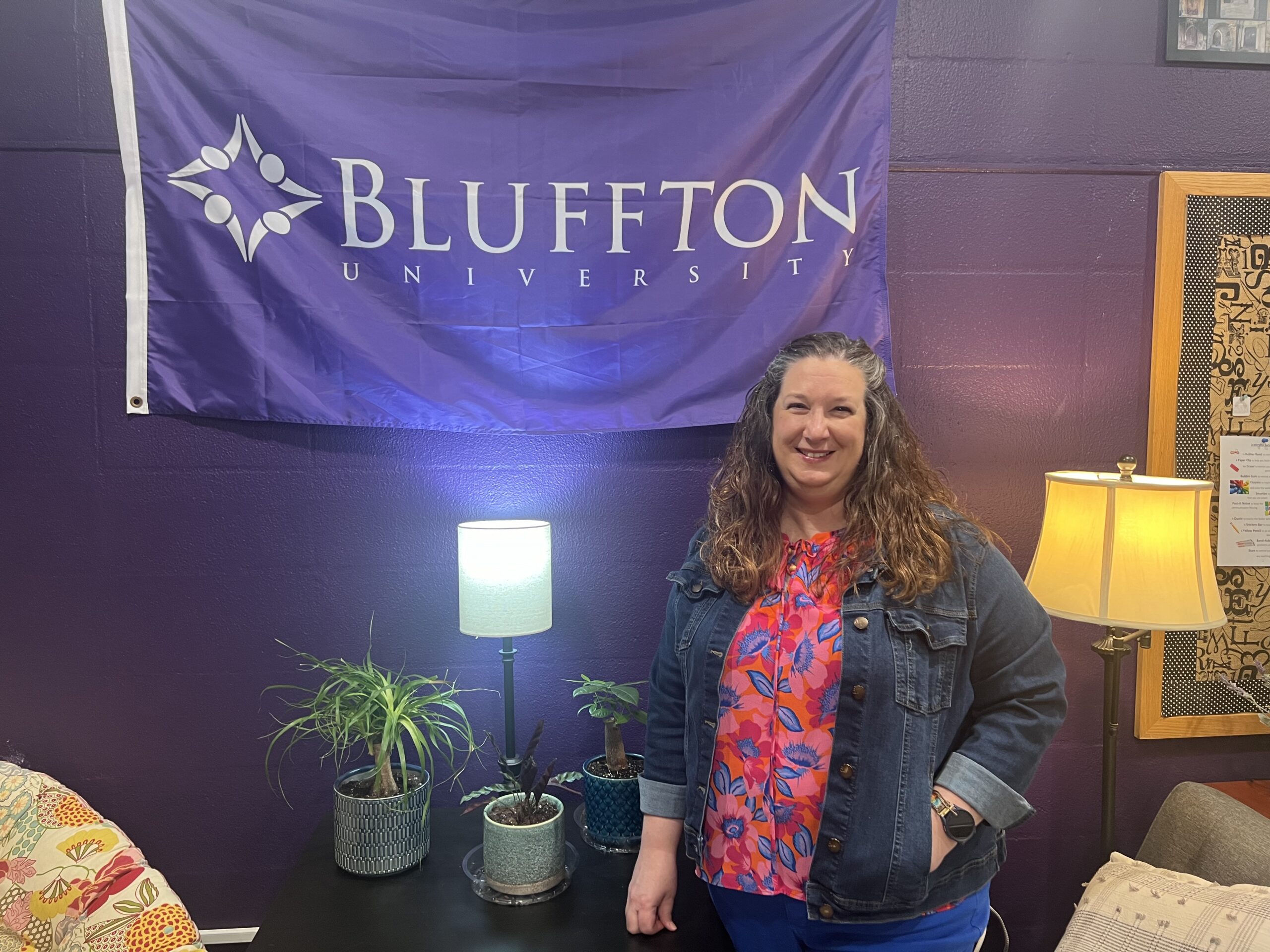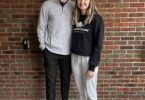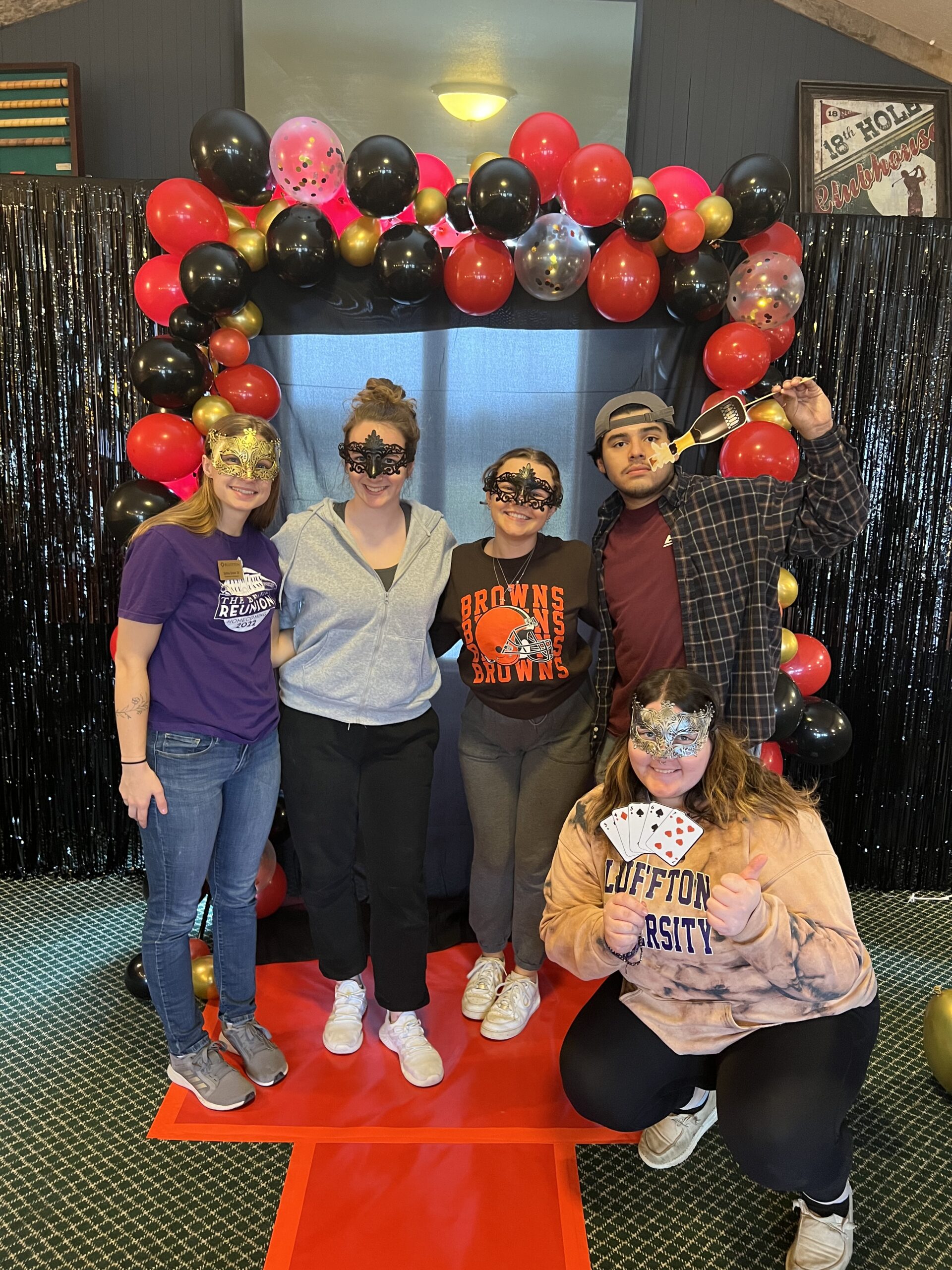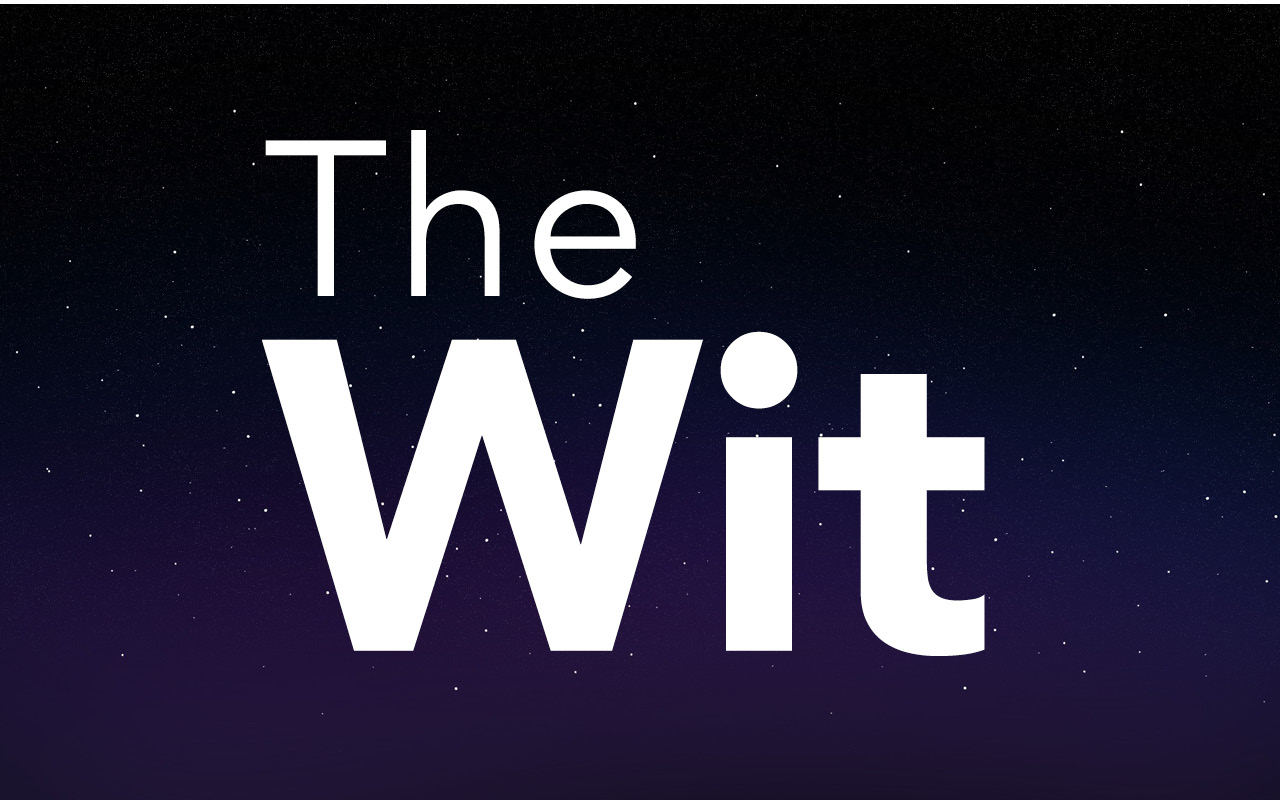When Charles Brown III, a junior biology major at Bluffton University, found himself in a situation where he may have been exposed to COVID-19, he was sent to self-quarantine in the Ropp Annex residence hall in accordance with Bluffton University’s #ProtecttheDamn COVID-19 safety protocols.
Bluffton University makes the distinction between the terminology of quarantine and isolation. Quarantine is used when students have symptoms COVID-19, waiting on COVID test results or have been in contact with someone who has tested positive. Students who do test positive for the coronavirus will be moved to isolation off-campus or go home.
“I was just sitting in my organic chemistry class when I got an email saying that I had to move to Ropp,” said Brown. “I was moved into Ropp Annex within a couple hours of receiving that email.”
Ramseyer Hall and Ropp Annex are on opposite ends of campus from one another, so the moving process was not easy, and it was made even more difficult by the fact that it was on such short notice, Brown said.
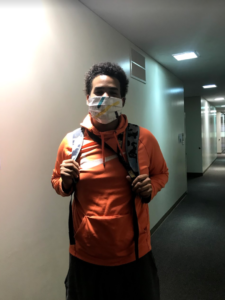
Charles Brown III, a junior biology major, who spent two and a half days in quarantine in Ropp Annex after potential exposure to COVID-19. Photo by Claire Myree.
“It was frustrating to have to move across campus, and my TV got broken during the move,” said Brown. “The room they moved me into was very hot and stuffy.”
Meals in quarantine are ordered from Marbeck through the Bite app.
According to Brown, his choices were limited to mainline or a burger with fries and all meals were served with bottled water. Lunch and dinner orders had to be submitted by 9 a.m. every morning.
Lunch was delivered at 11:15 a.m.; dinner was delivered at 5:15 p.m. and came with a Nutri-Grain bar and an orange juice to serve as breakfast the next morning.
When the meals were delivered, they were left on the staircase leading up to Brown’s room for him to retrieve.
Brown said his days were uneventful.
“It was very boring living in isolation, especially since I didn’t have a TV,” said Brown. “Every day I woke up, went to Zoom class and waited for my meals to be delivered–that’s it, that’s the whole day.”
The days he spent in quarantine waiting to see if he had been exposed to the virus were consumed by thoughts about how surreal the experience was.
“It was terrible,” said Brown. “I didn’t even know what else to think about besides the fact that I was locked up in isolation.”
Brown was excited when, after two and a half days in quarantine, he was informed by Tyson Goings, head of Student Life at Bluffton University, that he could leave quarantine because contact tracing and testing had shown that he had not, after all, been exposed to COVID-19.
“Student Life sent me the email around 3 p.m., but I didn’t see it because I was doing homework,” said Brown. “Luckily, my window was right by the door, so I could hear when Tyson Goings pulled up. I was very excited when he came to the room and told me that I was free to move back to Ramseyer.”
When Brown reflects back on his experience, he considers it to be an experience that was unpleasant, yet necessary for the safety of the university. However, it is not something that he would want to repeat.
“I have allergies, which is what I’m worried about because I do not want symptoms of my allergies to be mistaken for symptoms of the virus and cause me to be put back in isolation,” said Brown. “I would not wish that experience on anyone.”
Editor’s note: Clarifications between the terminology of isolation and quarantine have been added. As well as replacing the use of ‘isolation’ with ‘quarantine’ where necessary.


